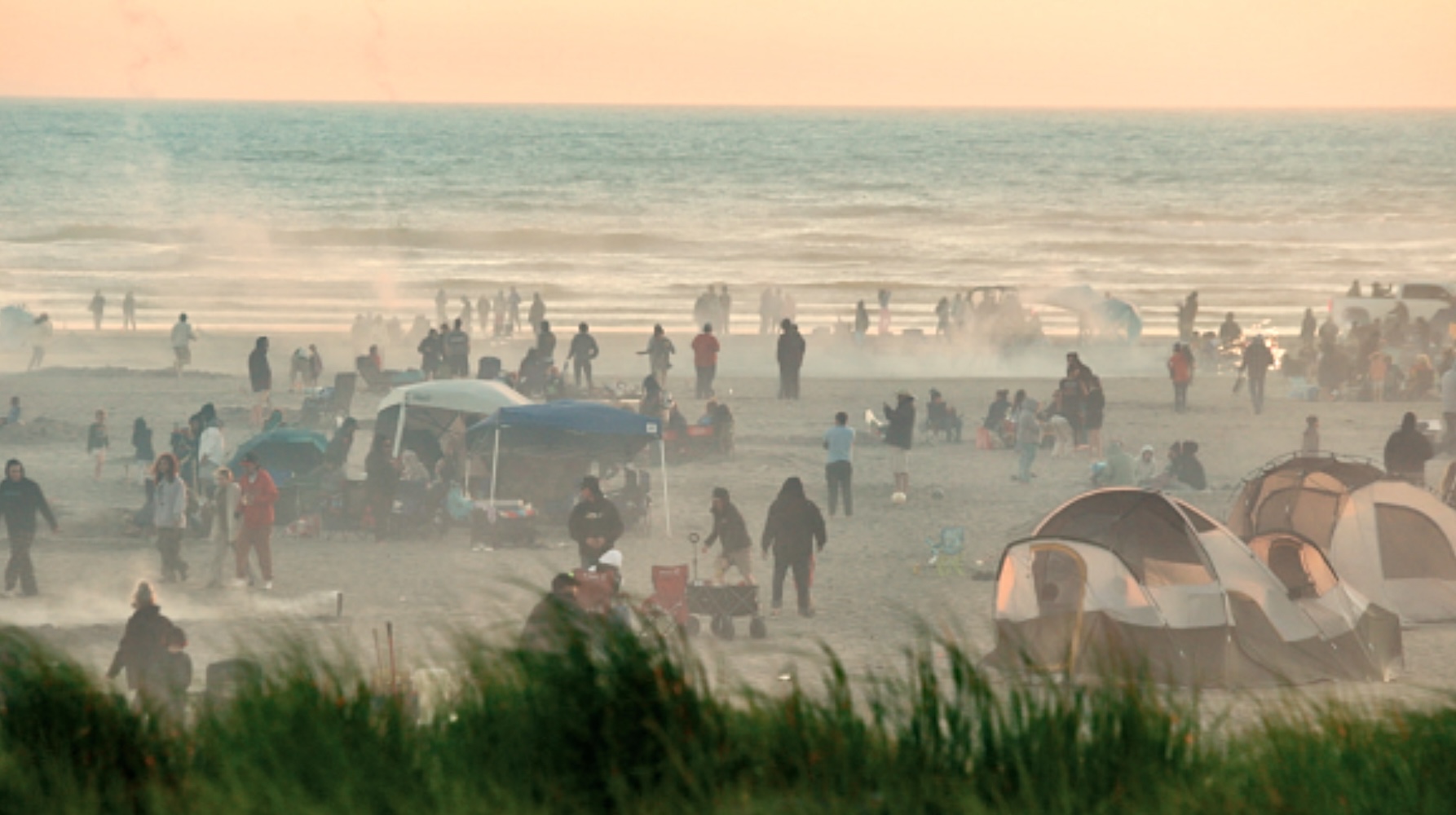Just think…: Ilwaco SWOT
Published 4:00 pm Tuesday, November 29, 2005
After spending three and a half years on the Ilwaco City Council and seven years on the town’s planning commission before that, I finally got around to culling through the mountains of documents, minutes, maps and miscellaneous notes that constituted my “homework” over those 10-plus years.
Among those papers I ran across something I wrote at least seven years ago to clarify my own thinking. I have to guess about when I actually wrote down these ideas because I failed to include a date; my only clue about the timing is that there are several references to “we need a new zoning code,” a theme that was a focus for the planning commission when I first began serving in 1995.
Perhaps you’re already familiar with SWOT analysis (strengths, weaknesses, opportunities, and threats), a method used by many communities and businesses as a first step in strategic planning. Basically, that’s what I wrote – an off-the-cuff personal SWOT analysis for Ilwaco.
Reading it now, I’m surprised that some of the strengths or opportunities I identified have been exploited, but they are not what readers of my column might have expected. When I was elected to City Council, some people feared that I would bring a strong “environmentalist” focus and be a disruptive, if not destructive influence on the economic well-being of the town.
My underlying focus has been good government, attempting to lay a foundation for all the things that create a vibrant community: city infrastructure like water and sewer, conscientious land use planning that invests for the long haul, sensitivity to the needs of business, and not playing favorites.
So here are Ilwaco’s strengths as I identified them back then; they are all still here, some have been enhanced:
1. Major cultural institutions, e.g. high school, museum, hospital, PACE senior meals center, library, senior housing.
2. Dense, relatively low-cost housing stock, which in turn creates the potential for a pedestrian-based community (something at a premium in this country and therefore very attractive, especially for retirees).
3. A “real” downtown that again could attract people interested in the best aspects of small town life – easily accessed basic goods and services.
4. Excellent public transportation, enhanced by the fact that you can count on bus departure times because timing isn’t impacted by traffic delays the way it sometimes is elsewhere on the Peninsula.
5. Black Lake and the surrounding park, as well as untapped wetlands.
6. Undeveloped land at the Port of Ilwaco that already has infrastructure for new business.
7. The potential to reactivate river transportation of goods and people.
8. Southern exposure so the town has potential for solar photo-electricity generation or solar thermal applications like solar water heating.
9. High quantity water supply.
10. The potential to be bypassed by the highway as tourist traffic grows, therefore maintaining character and quality of life, somewhat like Cannon Beach, Ore., where disinterested travelers skip the town and the people who really want to visit make the choice to drive in.
But Ilwaco, then and now, also has problems and weaknesses:
1. Decline of traditional natural resource based economy.
2. Physical isolation from urban areas, with poor transportation connections.
3. Severe examples of deteriorated buildings and environment (my concern here is health, safety, and ground water pollution, with aesthetics taking a lower priority).
4. Entrenched power not always open to new ideas or varied solutions.
5. Lack of sophisticated staff at City Hall who are up to the challenges of modern law, zoning and financial issues.
6. Tendency of some decision-makers to be ignorant of due process or public process techniques to develop community consensus – therefore seeming more focused on getting the outcome they want regardless of citizen input.
7. Lack of enforcement of existing laws regarding zoning and lack of informal social pressure to get compliance.
8. Lack of courage or the necessary trust to talk clearly and openly about issues that are divisive.
9. Attitudes carried over from the town’s heyday as a fishing port: Given that commercial fishermen are notoriously hard to organize and haven’t had clout negotiating about fisheries, there’s an attitude of “what’s the use – big money and political interests will always push us around.”
10. Poorly developed zoning code that doesn’t protect existing businesses or neighborhoods.
Remember, I wrote these items in 1998 or before. How many strengths can we still capitalize on? How many weaknesses are we still fighting? Are there other strengths and weaknesses now that we can identify? In my next column I’ll review “opportunities and threats” that were facing the town of Ilwaco back then… the other “half” of a SWOT analysis.
Victoria Stoppiello is a freelance writer from Ilwaco and invites readers to send her additional strengths and weaknesses of the town by emailing her at astoparc@pacifier.com.









